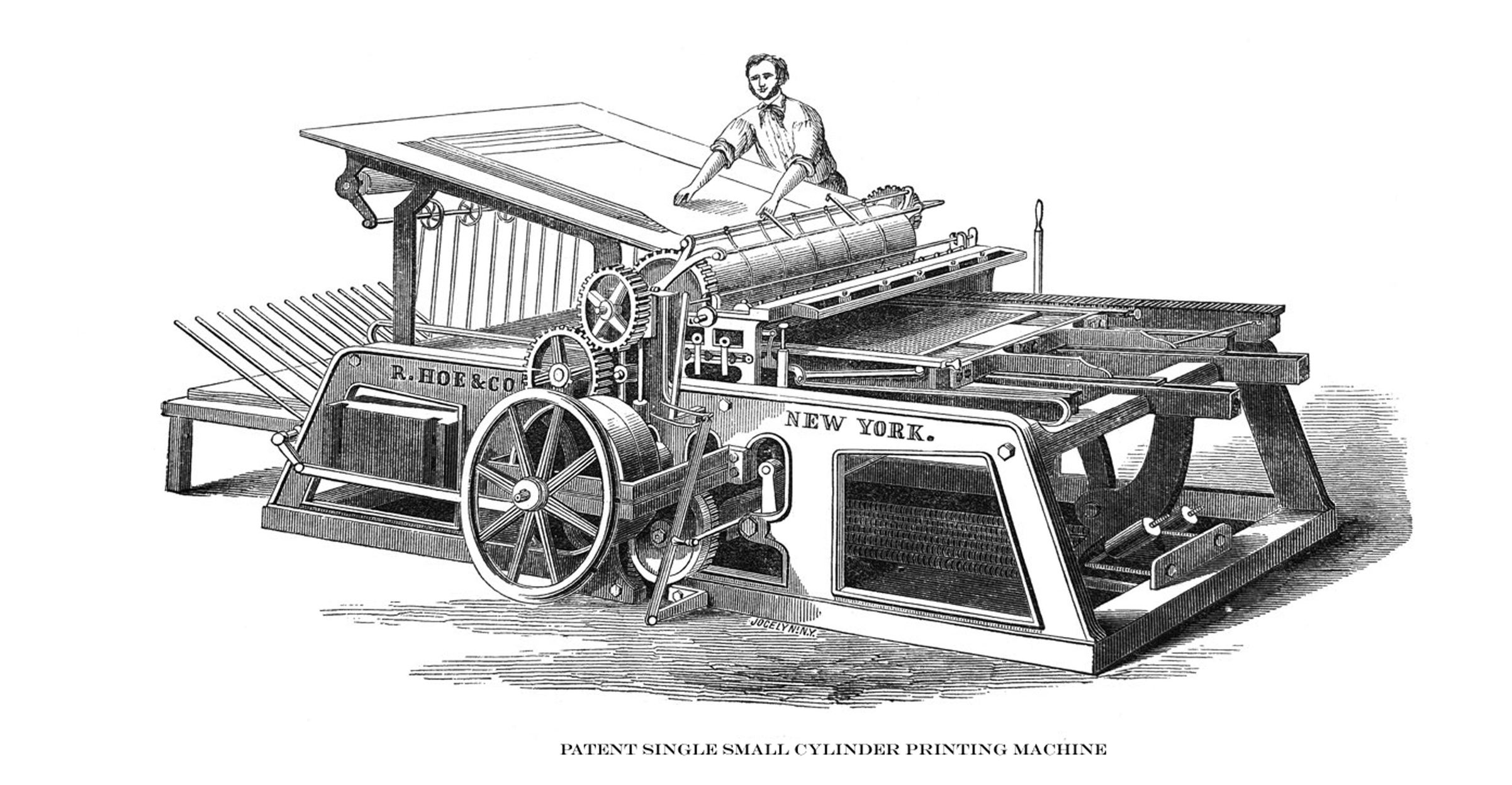Amplifying the Message: The Right Medium Matters
How can media organizations leverage the unique strengths of the medium to foster deeper understanding, promote enhanced engagement, and ultimately, a more informed and connected society?

Marshall McLuhan's famous quote, "the medium is the message," is often misinterpreted. Some believe it downplays the importance of content, reducing communication to just the delivery method.
However, McLuhan's true message goes deeper, highlighting the profound influence the medium has on how the message itself is shaped, perceived, and ultimately understood. The medium isn't a neutral vessel; it has inherent characteristics and limitations that shape how information is presented, absorbed, and retained.
Consider the evolution from oral traditions to written communication. Limitations of human memory in storytelling necessitated concise narratives centered around key points for better recall. Stories were passed down through generations, evolving and adapting through oral retellings.
Conversely, the permanence of writing allowed for the development of complex narratives with rich details that could be revisited, pondered upon, and analyzed. This fundamental shift in media impacted the very nature of the stories themselves, enabling narratives with intricate plotlines, character development, and nuanced themes that wouldn't be readily retained through oral transmission alone.
Gutenberg's Legacy
The invention of the printing press further exemplifies the transformative power of media. Before its arrival, knowledge was largely confined to the privileged few, with information meticulously preserved and transmitted through laborious techniques like hand-copying manuscripts.
The democratizing potential of printing revolutionized access to information, fostering the spread of knowledge, literacy, and critical thinking across a broader population. This shift gave rise to the Renaissance, a period of immense cultural and intellectual transformation, with advancements in art, literature, and philosophy.
Printing also played a crucial role in the scientific revolution by enabling the widespread dissemination of new discoveries and theories. It fostered collaboration among scholars, accelerating scientific progress by allowing scientists to build upon the work of others and challenge existing assumptions. Furthermore, the efficiency and scalability of printing fueled the Industrial Revolution, facilitating mass production and communication on an unprecedented scale.
However, the influence of media isn't one-sided. The ubiquity of the internet has undoubtedly democratized access to information like never before. It has empowered individuals to share their knowledge, experiences, and perspectives with a global audience, fostering a sense of connection and community. Yet, this speed and accessibility has also given rise to, or amplified, the spread of misinformation and disinformation.
Breeding Ground for Misinformation
The ease with which information can be shared, often without proper verification or context, creates a breeding ground for false narratives and harmful content. Additionally, the internet has facilitated the formation of echo chambers, where individuals are primarily exposed to information that confirms their existing beliefs, potentially leading to confirmation bias and hindering critical thinking.
The conciseness and immediacy prioritized by social media platforms like Twitter, now X, while fostering virality and rapid dissemination, often come at the expense of nuance and depth. The relentless bombardment of information can also lead to diminished attention spans, hindering the ability to engage in deep reading, critical analysis, and sustained learning. Understanding the inherent biases and limitations of each medium is crucial for navigating the complexities of the contemporary media landscape and ensuring responsible communication.
Examining historical and contemporary case studies can further illuminate the intricate relationship between medium and message. A study by the MIT Media Lab explored the impact of printing on artistic and scientific innovation. Their analysis of historical data revealed a correlation between early adoption of printing and the emergence of renowned scientists and artists in those regions.
This finding supports the notion that media can impact individuals and society: the ease and accessibility of printing facilitated the creation and dissemination of scientific and artistic knowledge, potentially contributing to a flourishing of these fields in cities with earlier printing press adoption.
In this dynamic and complex media landscape, the question arises: how can media organizations optimize their resources to maximize the impact of their messages?
Intricately Linked
Drawing inspiration from the natural world, the concept of symmorphosis offers a valuable framework for understanding the ideal relationship between medium and message. "Symmorphosis," a principle in biology, states that the structure and function of an organism are intricately linked. An organism's form adapts to optimize its function, ensuring its survival and thriving in its environment.
Similarly, effective media design should strive for a harmonious alignment between the medium and the message it conveys. The chosen medium should seamlessly facilitate the transmission and comprehension of the message.
In 2021, I proposed a design principle for a thriving media landscape: medium and message are linked, and it is optimal when the medium matches the messaging demands. In simpler terms, the medium must amplify the message. By carefully considering the inherent characteristics of the chosen medium and its potential impact on the message, media organizations can maximize understanding, engagement, and the overall effectiveness of their communication.
This principle applies across all forms of media, from traditional print and broadcast media to the ever-evolving digital landscape. Implementing this design principle necessitates a multifaceted approach:
1. Develop Critical Awareness:
Media organizations must cultivate a deep understanding of the inherent strengths and limitations of different media. This entails comprehending how each medium shapes the message, its potential biases, and its suitability for various content types:
Visual Media: Photographs, videos, and infographics can evoke emotions and capture attention rapidly. However, they may lack the nuance and detail found in written text, hindering the transmission of complex ideas or intricate arguments.
Audio Media: Podcasts, audiobooks, and radio broadcasts can provide an in-depth experience and cater to auditory learners. However, they may struggle to present complex visuals or interactive elements that can enhance understanding.
Written Media: Text-based formats like articles, reports, and documentaries allow for the detailed presentation of information, fostering in-depth analysis and critical thinking. However, they may require more effort from the audience to engage and retain information compared to visually stimulating formats.
2. Make Intentional Design Choices:
Selecting the appropriate medium for the specific message is crucial. This requires a strategic evaluation of several factors:
Target Audience: Understanding the audience's media consumption habits, preferences, and literacy levels is essential. Are they more receptive to visual information, written content, or interactive elements? What platforms do they frequent the most?
Message Complexity: The complexity and depth of the message directly influence the most suitable medium. Complex investigative reports or scientific discoveries might be better suited for detailed written formats like in-depth articles or documentaries. In contrast, simpler news updates or public awareness campaigns might benefit from the reach and conciseness of social media platforms or short video clips.
Desired Outcome: What is the intended impact of the message? Is it to inform, educate, persuade, or entertain? Different media formats excel at achieving specific objectives. For instance, social media excels at fostering engagement and sparking conversation, while long-form documentaries are better suited for in-depth learning and nuanced storytelling.
3. Embrace Ongoing Reflection and Evaluation:
Regularly assessing the effectiveness of the chosen medium is essential for continuous improvement. Media organizations can achieve this by:
Gathering feedback from the target audience through surveys, interviews, or focus groups.
Monitoring engagement metrics on social media platforms or website analytics to gauge audience reach and interaction.
Analyzing data on how the message is being received and interpreted to identify potential areas for improvement.
By iteratively refining their approach based on these insights, media organizations can ensure their messages resonate with their audience and achieve their desired impact.
In conclusion, embracing the symphonic relationship between medium and message is crucial for media organizations to navigate the complex media landscape effectively. By adhering to the proposed design principle and implementing the outlined strategies, media organizations can foster a flourishing media ecology where they can maximize the impact of their messages, leading to a richer, more nuanced, and responsible communication landscape for all.
This approach empowers media organizations to leverage the unique strengths of various media formats, fostering deeper understanding, enhanced engagement, and ultimately, a more informed and connected society.
Get the TV Tech Newsletter
The professional video industry's #1 source for news, trends and product and tech information. Sign up below.

Ling Ling Sun is chief technology officer of Nebraska Public Media, a statewide network providing content through its TV and radio stations and other multimedia platforms. Using a viable system model as a tool, she leads technology transformation at Nebraska Public Media and has led her team in many successful projects and initiatives that enhance and expand Nebraska Public Media services. From 2013 to 2018, Sun served two terms as chair of PBS ETAC (Public Broadcasting Service Engineering Technology Advisory Committee) and as a member of the PBS Interconnection Committee. Currently, she is chair of the NAB Broadcast Engineering and Information Technology Conference Program Committee and a member of the Nebraska Information Technology Commission Technical Panel. She is a 2019 Broadcasting+Cable Technology Leadership Award honoree. Ling Ling was among the “Top 50 Women Leaders in Technology of 2022” announced by “Women We Admire.”
